A story from “pre-pandemic” times, from Amanda Fenton.
The Circle Way for Board Development: Building Relationships
The invitation was to join a school board and school district senior management team for a half-day session. The board experienced a big changeover after an election, going from a collective ninety one years of service to six years, along with a new superintendent and other newer members of the senior management team. The superintendent and board chair wanted to take some time for some relational work before they got further into their governance and other more technical orientations.
In designing the session, I thought about the moments of “groan zone” in their future, and when disagreement or difference arises, it is easier to listen to a person’s thinking when one has some relational connection. It illustrates the importance of getting to know each other, to hear our stories, our context. To meet each other with curiosity about who we each are “beyond the position”.
From our design team's conversation, the purpose of the session emerged: To get to know one another better and build supportive relationships, to set the tone for working together in an open, collaborative way, and to discover shared alignment in their dreams for the future of the district's schools. Circle would play a helpful role.
We invited people to bring an object that represents them or is meaningful to them for the check-in circle. People shared a little about their object, and what they hope their collective legacy will be (not their personal legacy or agenda, but our collective legacy).
Description: A light blue scarf on the floor, with a potted flower plant in the centre and surrounded by a variety of objects including a passport, iPod, glass dolphin, framed photograph and more.
Here is a photo of the centre that began to be built together. There were some tender moments as people shared the significance of the items they chose. I had brought the plant as a gift for the centre, and also contributed my own object in the check-in.
We then shifted into partners for dialogue interviews with the following questions:
Tell a story about yourself as a young person that captures the essence of who you were growing up. How is that essence still part of you today?
What was your formal and informal learning path and why that path?
What deeper motivation brought you to serve as a Board of Education member or senior manager?
What do you dream as possible for our district's schools? For us as a team together?
What gives you optimism? What brings you joy?
Coming back from the dialogue interviews, we mixed up into new groups of three, to cross-pollinate and further explore question four from their interviews: What do you dream as possible for our district's schools? For us as a Board of Education and Senior Management Team together?
Back in the circle, each person harvested their key insights on an index card and we had a round of speaking them into the centre.
We moved into new triads to be in some shared reflection of the qualities from their morning together that they wanted to carry with them into their work together (the “how” they were together, not the “what” they would do together).
Again, back in the circle, each person harvested their thoughts onto index cards followed by a round of speaking them into the centre; ending that round with the invitation to remember these qualities and keep them alive in their other places and spaces.
To close, I offered a dialogue poem from snippets I had heard from their check-in on their hoped-for legacy.
As is often the case, the different components of circle offered just enough structure for this group of leaders to be in a generative rhythm of speaking with intention, listening with attention, and contributing to the well-being of the whole.
A sweet session to be part of!
Amanda Fenton (she/her) hosts and teaches participatory processes that spark new thinking, foster collaborative leadership, navigate uncertainty and possibility, accelerate learning, and move to wiser action. She integrates online collaborative tools to support working in an increasingly networked world, working with networks, non-profits, associations, and more.



